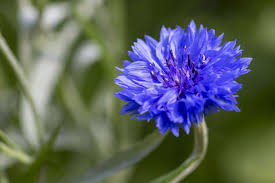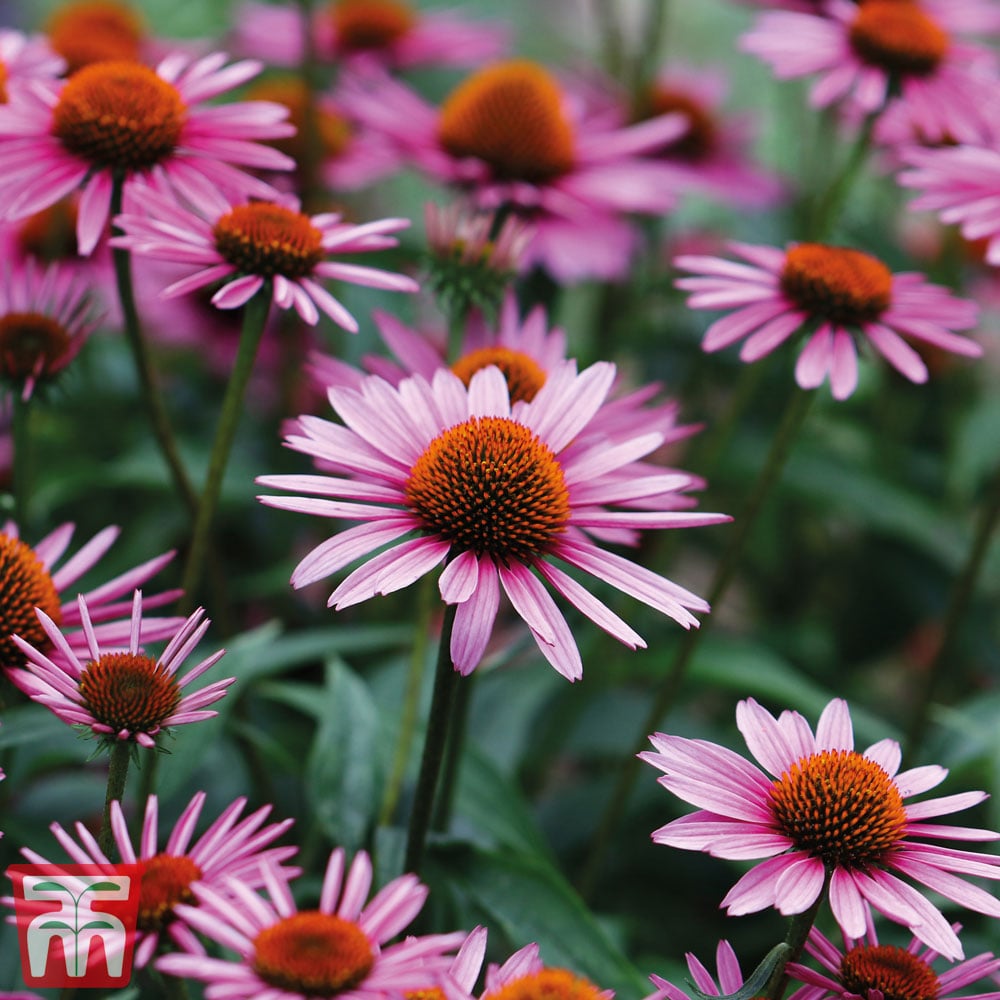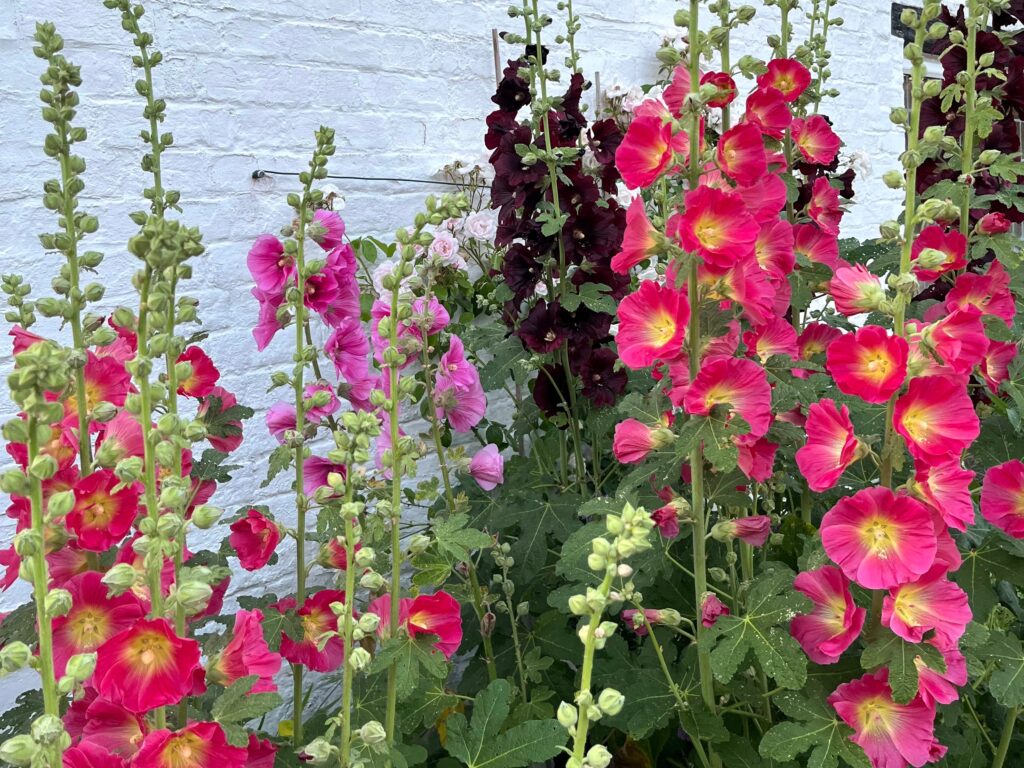How to Create a Cottage Garden Look from Seed




A traditional cottage garden look is charming, relaxed, and full of soft colour and texture. Even if your cottage or home is directly on the road, or you only have a small front garden, you can still create this timeless aesthetic—often just by growing the right plants from seed.
Why Seeds Work So Well
One of the easiest and most cost-effective ways to establish a cottage garden is by growing plants from seed. Many traditional cottage plants are prolific self-seeders, thrive in poor soil, and naturalise beautifully around paths, walls, and paving cracks. With a little effort in preparation, you can transform even the smallest space into a haven of blooms.
Step-by-Step: Creating a Cottage Garden from Seed
1. Start with a Clean Slate
Before sowing, it’s important to prepare the area:
- Hand-weed thoroughly to remove perennial weeds like dandelions, couch grass, or bindweed.
- Dig over lightly or scratch the surface with a hand fork to loosen compacted soil.
- Alternatively, for tougher areas, you can use a glyphosate-based weed killer (if preferred), but allow time for it to fully take effect before sowing.
- Remove any large stones or debris.
A clean soil surface ensures that your chosen seeds don’t have to compete with established weeds and increases your chances of successful germination.
2. Choose Your Seeds Wisely
Here are some tried-and-true cottage garden favourites that germinate easily and deliver a soft, romantic effect:
- Hollyhocks (Alcea rosea) – Tall, classic spikes of colour that thrive against sunny walls.
- Foxgloves (Digitalis purpurea) – Ideal for part shade, these give height and dappled colour.
- Ladies’ Mantle (Alchemilla mollis) – A gentle mound-forming perennial with frothy lime-green flowers.
- Aquilegia (Granny’s Bonnet) – Elegant and delicate, these will naturalise beautifully.
- Echinacea (Coneflower) – Bee-friendly and sturdy, great for structure.
- Echium (Pride of Madeira or Echium vulgare) – Adds height and architectural interest, great in sun-soaked spots.
These seeds can be sown either in early autumn or spring, depending on your preference and local conditions.
3. Sowing Techniques
You can sow seeds in several ways depending on your garden layout:
- Broadcasting: Scatter seeds directly onto a raked soil surface in open areas or along wall bases. Lightly rake in or tamp down gently with a board or your hands.
- In cracks and crevices: Use a little fine compost to press seeds into paving gaps or cobweb cracks—perfect for a ‘plants-through-the-paving’ effect.
- Under bell jars or cloches: For early spring sowings or cooler climates, place jars or cloches over patches of seed to encourage faster germination and protect seedlings.
Tips for Success
- Water gently after sowing and keep the area moist (but not saturated) until germination.
- Label patches if sowing several varieties to help with thinning or transplanting later.
- Once seedlings are large enough to handle, thin them out slightly to avoid overcrowding.
- Let some plants go to seed to encourage self-sowing for next season.
More Notes
Creating a cottage garden look doesn’t require a large space or a huge budget. With a little upfront preparation and the right seed choices, you can transform even the tiniest front garden—or a strip of soil along a roadside wall—into a joyful, flower-filled display that captures the spirit of a true English cottage garden.
Here’s a list of additional cottage garden plants that are easy to grow from seed and work well in small spaces, against walls, and in paving cracks—perfect for enhancing that informal, self-seeding cottage garden look:
🌼 More Easy-to-Grow Cottage Garden Plants from Seed
Annuals and Biennials (Fast Colour, Great for Gaps)
These grow and flower within one or two seasons:
- Cornflowers (Centaurea cyanus) – Classic blue blooms, ideal for wildflower-style planting.
- Nigella (Love-in-a-Mist) – Soft feathery foliage and pastel flowers; self-seeds freely.
- Calendula officinalis (Pot Marigold) – Bold orange or yellow flowers, great for pollinators.
- Poppy (Papaver rhoeas, Papaver somniferum) – Delicate petals and natural cottage charm.
- Sweet William (Dianthus barbatus) – Clusters of scented flowers, biennial but long-lasting.
- Wallflowers (Erysimum cheiri) – Colourful, scented, and beloved in spring.
- Forget-me-nots (Myosotis sylvatica) – Low-growing and spreads beautifully in shadier spots.
- Verbena bonariensis – Tall, airy stems with purple flowers loved by butterflies.
Perennials and Wildflower Types (Long-Term Naturalisers)
These may take longer to establish but return year after year:
- Leucanthemum vulgare (Oxeye Daisy) – Cheerful daisy-like blooms; excellent for wilder spots.
- Achillea millefolium (Yarrow) – Flat-topped flowers in white, pink, or yellow, great for dry soil.
- Campanula (Bellflower) – Creeping or upright varieties; ideal for cracks and edges.
- Verbascum (Mullein) – Spires of soft yellow or white flowers, very drought tolerant.
- Geum – Orange or yellow nodding flowers; compact and charming.
- Lychnis coronaria (Rose Campion) – Silver foliage with vivid pink or white flowers.
- Digitalis lutea – A daintier version of foxglove, perennial and less imposing.
- Scabiosa (Pincushion Flower) – Soft blues and purples, long flowering season.
Bonus Ground Layer Plants for Edges and Cracks
- Erigeron karvinskianus (Mexican Fleabane) – Dainty daisies that thrive in wall cracks.
- Thyme – Creeping varieties are ideal for sunny paving edges and are scented too.
- Lobularia maritima (Sweet Alyssum) – Low, fragrant, and perfect for softening paths.